
Mount Pleasant is a neighborhood in the northwestern quadrant of Washington, D.C. It is bounded by Rock Creek Park to the north and west; Harvard Street NW to the south; and 16th Street NW to the east. It is north of Adams Morgan and west of Columbia Heights. It is home to about 10,000 people.

Forest Hill is a neighborhood in the city of Newark in Essex County, New Jersey, United States. It is a pre-World War II neighborhood in the North Ward. It is bounded on the west by Branch Brook Park, on the south by Bloomfield Avenue, and on the east by both Summer and Mt. Prospect Avenues, the neighborhood of Broadway. The neighborhood's ZIP code is 07104.
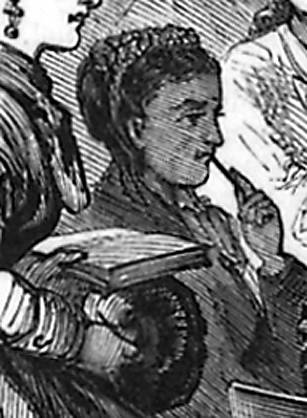
Rebecca J. Cole was an American physician, organization founder and social reformer. In 1867, she became the second African-American woman to become a doctor in the United States, after Rebecca Lee Crumpler three years earlier. Throughout her life she faced racial and gender-based barriers to her medical education, training in all-female institutions which were run by the first generation of graduating female physicians.

Foxhall, also known as Foxhall Village, is a neighborhood in northwestern Washington, D.C., bordered by Reservoir Road on the north side, Foxhall Road on the west, Glover-Archbold Park on the east, and P Street NW on the south. The first homes were constructed along Reservoir Road and Greenwich Park Way in the mid-1920s. By the end of December, 1927, some 150 homes had been erected, and the community given the name of Foxhall Village.
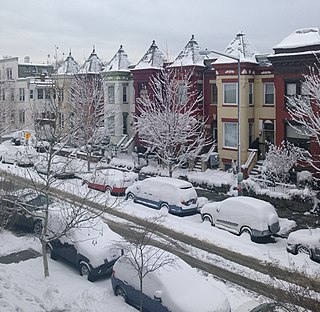
Bloomingdale is a neighborhood in the Northwest quadrant of Washington, D.C., less than two miles (3 km) north of the United States Capitol building. It is a primarily residential neighborhood, with a small commercial center near the intersection of Rhode Island Avenue and First Street NW featuring bars, restaurants, and food markets.
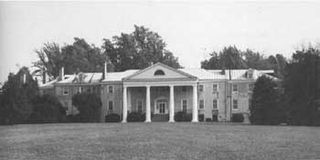
James Madison's Montpelier, located in Orange County, Virginia, was the plantation house of the Madison family, including Founding Father and fourth president of the United States James Madison and his wife, Dolley. The 2,650-acre (10.7 km2) property is open seven days a week with the mission of engaging the public with the enduring legacy of Madison's most powerful idea: government by the people.
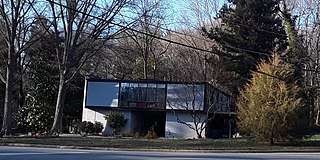
Hollin Hills is a historic district and neighborhood in Fairfax County, Virginia. It is located primarily in the Fort Hunt area with some portions remaining today in the Hybla Valley and Groveton areas of the county since a shift for census purposes prior to 2010.

Mount Washington is an area of northwest Baltimore, Maryland. It is a designated city historic district and divided into two sections: South Road/Sulgrave to the southeast and Dixon's Hill to the north. The Mount Washington Historic District was listed on the National Register of Historic Places in 1990 with a boundary increase in 2001, with five contributing buildings and four contributing structures.
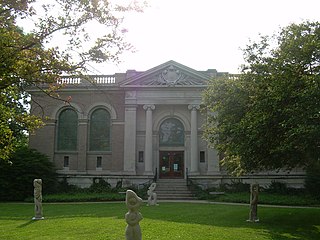
The neighborhood of Irvington, named after Washington Irving, includes Irvington Historic District, a historic district in Indianapolis, Indiana. The historic district is a 545-acre (221 ha) area that was listed on the National Register of Historic Places in 1987. That year, the district included 2,373 contributing buildings, 5 other contributing structures, and 2 contributing sites.

Heritage Hill is a residential neighborhood in Grand Rapids, Michigan. It is listed on the National Register of Historic Places and is one of the largest urban historic districts in the United States. It is bounded by Crescent Street (north), Union Avenue (east), Pleasant Street (south), and Lafayette Avenue (west). Heritage Hill was designated by the American Planning Association as one of 2012's Great Places in America.

Elizabeth Hobbs Keckley was an American seamstress, activist, and writer who lived in Washington, D.C. She was best known as the personal dressmaker and confidante of Mary Todd Lincoln.

Mayfield is a quaint and historic community in northeast Baltimore, Maryland. It is bounded by Erdman Avenue on the south, Chesterfield Avenue on the north, Crossland Avenue on the east and Lake Montebello on the north and west. Homeowners belong to the Mayfield Improvement Association.

The L. Ron Hubbard House, also known as the Original Founding Church of Scientology, is a writer's house museum and former Scientology church located at 1812 19th Street NW in the Dupont Circle neighborhood of Washington, D.C., United States. Public tours are given on a regular basis. The operating Founding Church is now located at 1424 16th Street for services, bookstore and classes. After L. Ron Hubbard established Scientology in the 1950s the building housed offices of the Founding Church of Scientology and it is where he performed the first Scientology wedding. Hubbard's personal office was located in the building from 1956 to 1961.
Preservation Iowa, formerly called the Iowa Historic Preservation Alliance (IHPA), was founded in 1989 by members of the public concerned about the destruction of significant historic sites and buildings in the state of Iowa.
The Historic Irvington Halloween Festival is a non-profit event founded in 1947 by the Historic Irvington Community Council in an effort to bring together residents, neighborhood organizations, and businesses in the Irvington Historic District of Indianapolis, Indiana for a celebration of heritage and community. The festival is currently the nation's second oldest and largest Halloween festival.

The Association Residence Nursing Home, also called the Association for the Relief of Respectable, Aged and Indigent Females, is an historic building in New York City built from 1881–1883 to the design of Richard Morris Hunt in the Victorian Gothic style. It is located on Amsterdam Avenue between 103rd and 104th Streets on the Upper West Side of Manhattan, and is now a hostel run by Hostelling International. The Association was founded in 1814 to help the widows of soldiers of the American Revolutionary War and the War of 1812. An addition to the building was constructed on the south end of the property in 1907, which contained seven Tiffany windows which are now in the collection of the Morse Museum of American Art. The building was placed on the National Register of Historic Places in 1975.
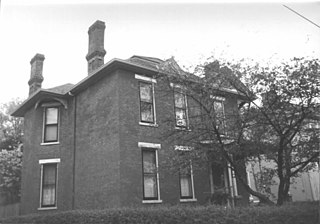
Woodward Heights is a neighborhood and historic district located immediately west of downtown Lexington, Kentucky. It is bounded by Maxwell Street and the Pleasant Green Hill neighborhood to the southwest, by the parking lot for Rupp Arena to the southeast, by the Lexington Convention Center property to the northeast, and by Herlihy, Cox, and High Streets to the north.
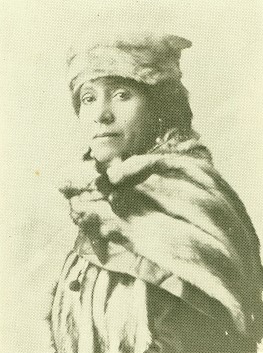
Nettie Asberry was an African-American leader, music teacher, and centenarian who helped to found the Tacoma NAACP and was active in the Washington State Association of Colored Women's Clubs.

Helen Appo Cook was a wealthy, prominent African-American community activist in Washington, D.C. and a leader in the women's club movement. Cook was a founder and president of the Colored Women's League, which consolidated with another organization in 1896 to become the National Association of Colored Women (NACW), an organization still active in the 21st century. Cook supported voting rights and was a member of the Niagara Movement, which opposed racial segregation and African American disenfranchisement. In 1898, Cook publicly rebuked Susan B. Anthony, president of the National Woman's Suffrage Association, and requested she support universal suffrage following Anthony's speech at a U.S. Congress House Committee on Judiciary hearing.
Mary Louise Robinson Meriwether (1848–1942) was an African American activist in Washington, D.C. She was heavily involved in child welfare efforts in Washington, in particular as president of the National Home for the Relief of Destitute Colored Women and Children, which was later renamed in her honor.



















